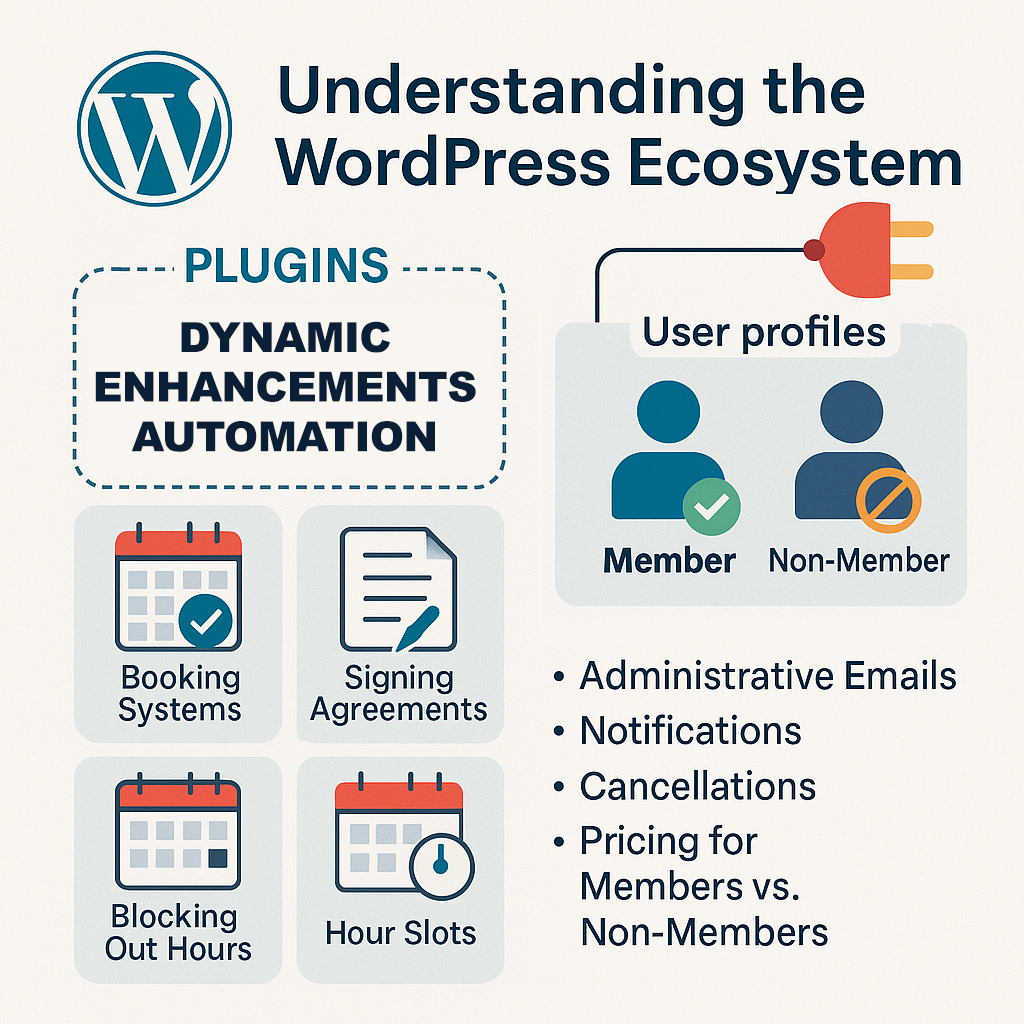Search engine optimization (SEO) isn’t a “set it and forget it” strategy—it requires continuous tracking and refinement. Whether you’re a web developer implementing technical changes, an SEO specialist managing content and links, or a business owner investing in digital visibility, tracking performance is critical. But how exactly do you track SEO effectiveness? Let’s break it down into multiple layers: organic performance, analytics platforms, call tracking, and practical client-level observation.
1. Tracking Organic SEO Performance
Organic SEO refers to unpaid search engine rankings and traffic. Here’s how to track it effectively:
Keyword Rankings
Monitor how your targeted keywords perform over time. Tools like:
-
Ahrefs
-
SEMrush
-
Moz Pro
-
Ubersuggest
These platforms let you track keyword movement, search volume, and competition. Set up keyword lists for branded and non-branded terms to understand your full organic footprint.
Organic Traffic
Use Google Analytics (GA4) to monitor organic traffic sources:
-
Go to Reports > Acquisition > Traffic acquisition
-
Filter by Session default channel group > Organic Search
This tells you how many sessions and conversions come directly from organic search, and how that trend changes week to week or month to month.
2. Google Search Console: The SEO Specialist’s Best Friend
Google Search Console (GSC) offers invaluable data on how your site performs in search.
Key Metrics to Monitor:
-
Total Clicks: How many users clicked your link in Google search.
-
Impressions: How often your pages appeared in results.
-
Click-Through Rate (CTR): Clicks ÷ Impressions—gives insight into how attractive your listings are.
-
Average Position: Shows keyword ranking fluctuations over time.
How to Use It:
-
Navigate to Performance > Search Results.
-
Filter by queries, pages, countries, or devices.
-
Use the Compare function to view performance over two periods (e.g., last 28 days vs previous).
Bonus Tip:
Connect GSC and GA4 so you can analyze search queries alongside on-site behavior in one dashboard.
3. Google Analytics 4 (GA4): Deep Dive into Behavior and Conversion
GA4 moves beyond pageviews—it focuses on events and engagement. Use it to track:
-
Engaged Sessions
-
Event Conversions (such as form submissions or phone clicks)
-
Landing Pages
-
User Journeys
Set Up Conversions:
Track specific SEO wins by marking events as conversions, like:
-
“contact_form_submit”
-
“phone_call_click”
-
“quote_request_button”
UTM Tracking:
For off-site SEO campaigns (directories, backlinks, PR mentions), use UTM parameters in your links to track exact traffic sources.
4. Tracking Calls with Dedicated Numbers
For businesses that rely heavily on phone calls, integrating call tracking numbers is key.
Use Call Tracking Tools:
-
CallRail
-
Twilio
-
CallTrackingMetrics
These tools assign unique phone numbers to:
-
SEO traffic
-
Paid ads
-
Local listings
-
Directories
They forward calls to your main line while logging the source, duration, and caller number—giving you ROI clarity.
5. Old-School but Still Effective: “How Did You Hear About Us?”
Sometimes the most powerful tracking tool is your team.
Front Desk or Reception Protocol:
Train staff to ask every new caller:
“How did you hear about us?”
Then log the following:
-
Name
-
Company
-
Phone Number
-
Source: (choose one or more)
-
Google Paid Ad
-
Google Organic Search
-
Referral (existing client, partner, friend)
-
Online Directory (Yelp, Angi, etc.)
-
Social Media (Facebook, Instagram, LinkedIn)
-
Word of Mouth
-
Membership Association or Networking Group
-
Logging Methods:
-
A shared Google Sheet
-
CRM system (like HubSpot or Zoho)
-
Call intake software
This complements digital analytics with human insight—bridging gaps where digital tracking falls short.
6. Client Takeaways: What You Can Do
If you’re a client working with a web developer or SEO team, here’s what you can actively do to help measure your campaign’s success:
-
Ask your team to track how new customers find you.
-
Use unique tracking numbers for different campaigns.
-
Keep detailed call logs categorized by source.
-
Forward analytics reports to your SEO team so they can better assess lead quality and site behavior.
-
Pay attention to local search reviews and incoming inquiries from directories.
With even small efforts on your end, you’ll dramatically improve attribution and understand which digital efforts are producing real leads and customers.
Final Thoughts
SEO tracking is part technical, part analytical, and part human. From GA4 dashboards and keyword ranking tools to simply asking your customers where they found you, every layer offers valuable insights. A strong partnership between web developers, SEO professionals, and business owners can transform scattered data into an actionable growth strategy.





